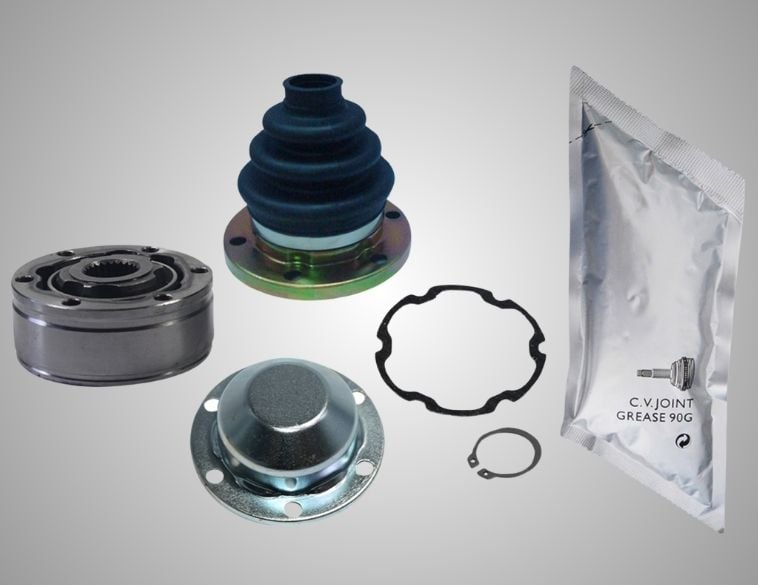The relationship should go beyond just supplying components for your next repair order.
We operate a successful and profitable repair shop. And a big part of that is due to the fact that our parts supplier is essentially a business partner.
For any service provider to achieve success requires solid support from their parts supplier and that goes beyond just providing the parts needed to repair your customers’ vehicles.
A parts supplier that is a business partner will provide marketing tools, social media strategies and incentives to create brand awareness and peace of mind. And they will continue to develop programs, key accounts and their customer databases to help their clients (service providers) succeed.
And a key part of that today revolves around social media and marketing. Almost everybody today has a cell phone. Whether they are 16 years old or 65, they are connected online via a portable device, and you need to be able to reach these people.
Yet to do that on an individual shop basis takes a huge amount of time, effort and money, which is beyond the scope of most aftermarket service providers. Which is why you need to work with a supplier that’s able to leverage its ability to deliver relevant social content and access to consumers, which can then drive business to your shop.
A successful partnership between the parts supplier and service provider can enable the parts supplier to see the benefits of increased parts sales, better customer service, which when combined with good systems and procedures, results in more parts volume and an increase in labour hours billed. The parts supplier gets paid on time, revenues grow and you begin to create a culture that allows money to be reinvested into the business, which in turn, fuels more growth and success.
And from a service provider perspective, it’s the result of a ripple effect created from the support provided by your parts supplier. Yet I feel, in our industry today, there still needs to be more of a focus on partnerships between parts suppliers and service providers if we are to remain successful and relevant in the future.
Often, I’ve seen cases where service providers complain that their parts supplier wasn’t getting them what they wanted or wasn’t bringing in the right leads or incentives. Often, the reason for that is that the service provider and the parts supplier have not taken the steps to develop a proper partnership and the service provider isn’t able to show their supplier where the actual return on investment is.
When a real, methodical approach has been developed to see which ideas will work and which do not; a plan can be put together so both the service provider and parts supplier are able to see where the actual value is.
A good example can be warranties on parts. If a one-year, 20,000km warranty already exists, then measuring what it will cost to double the warranty to two years/40,000 km and using evidence collected to show how much it will actually cost by doing it, is a logical next step.
I’ve seen cases whereby doing so, the parts supplier realized the costs would be minimal (given that most component failures occurred within 30-60 days) but the positive impact on the brand and consumer perception was huge.



